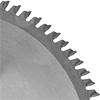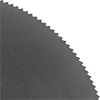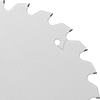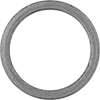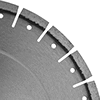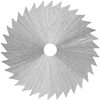Filter by
Diameter
For Use On
Number of Teeth
For Use With
Tooth Material
Cut Type
Maximum Rotation Speed
Body Material
Abrasive Material
Export Control Classification Number (ECCN)
DFARS Specialty Metals
Edge Style
Fabricating and Machining
Containers, Storage, and Furniture


























